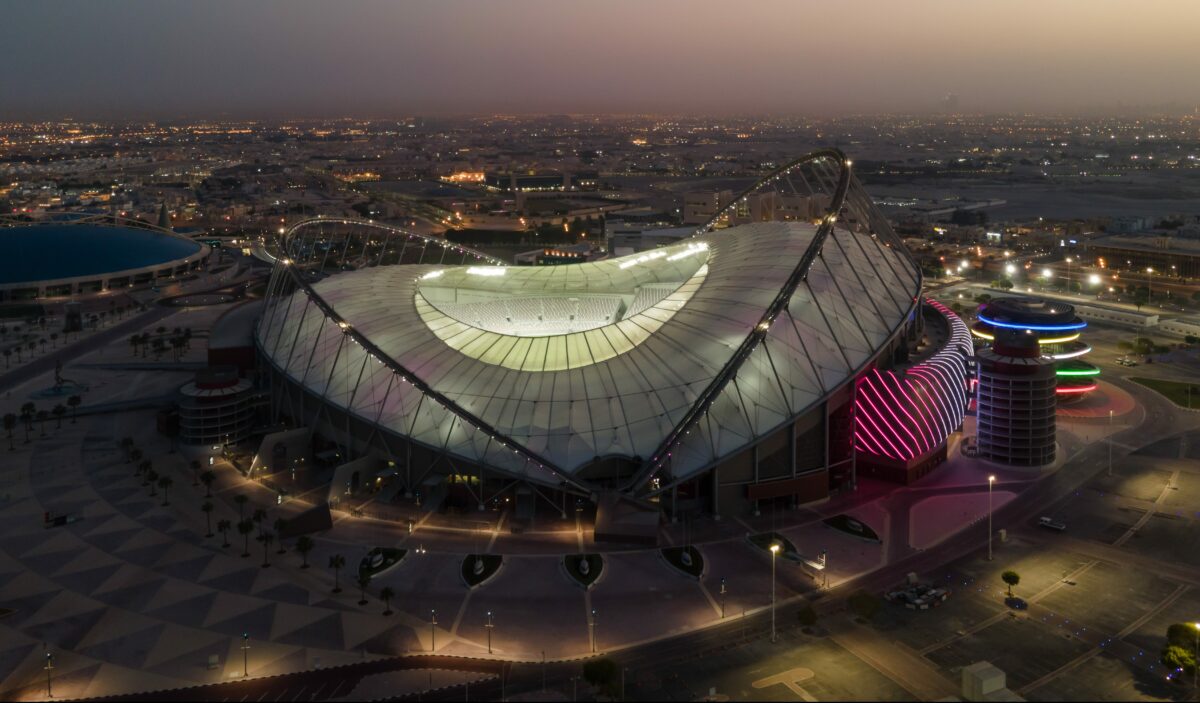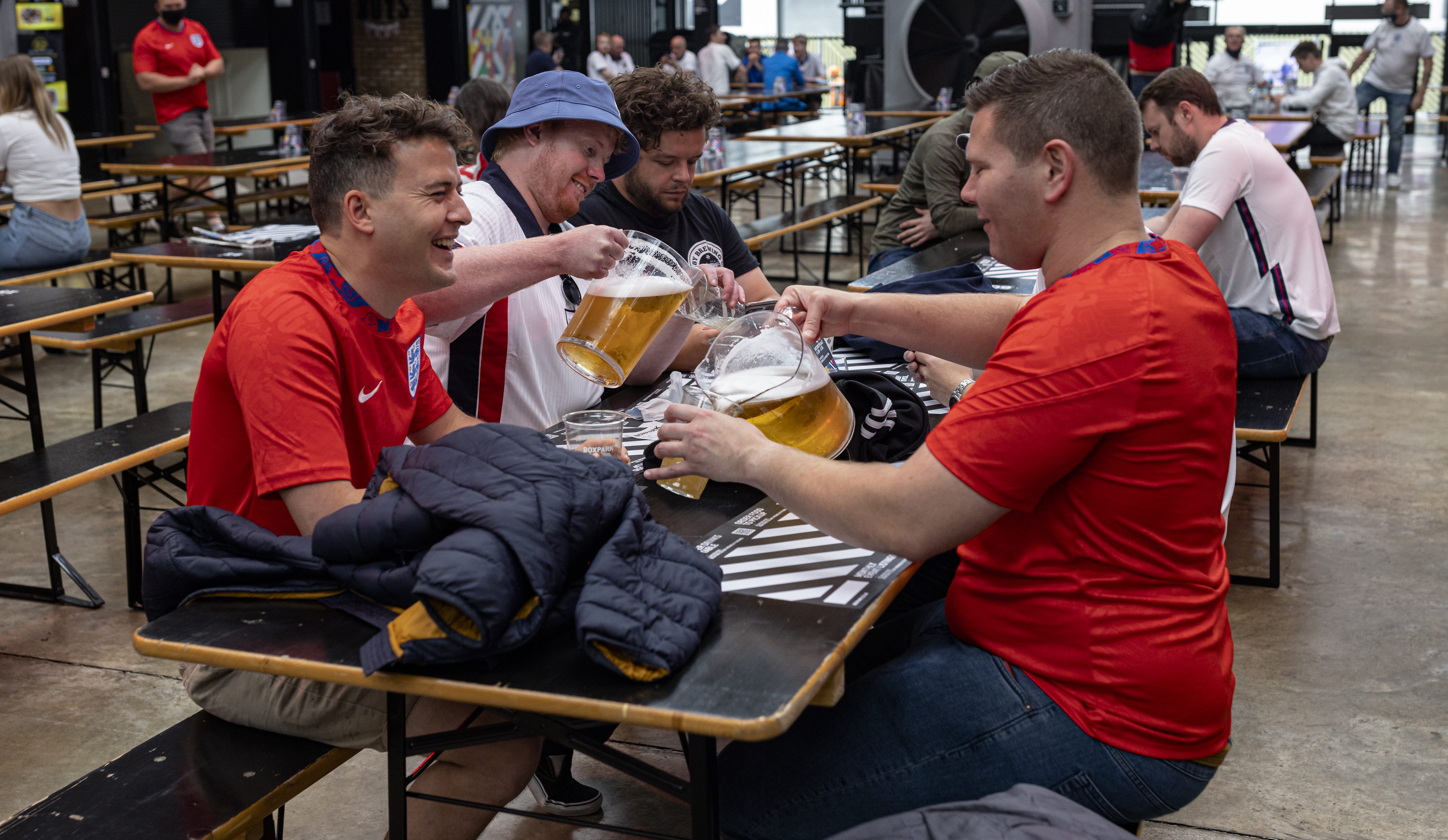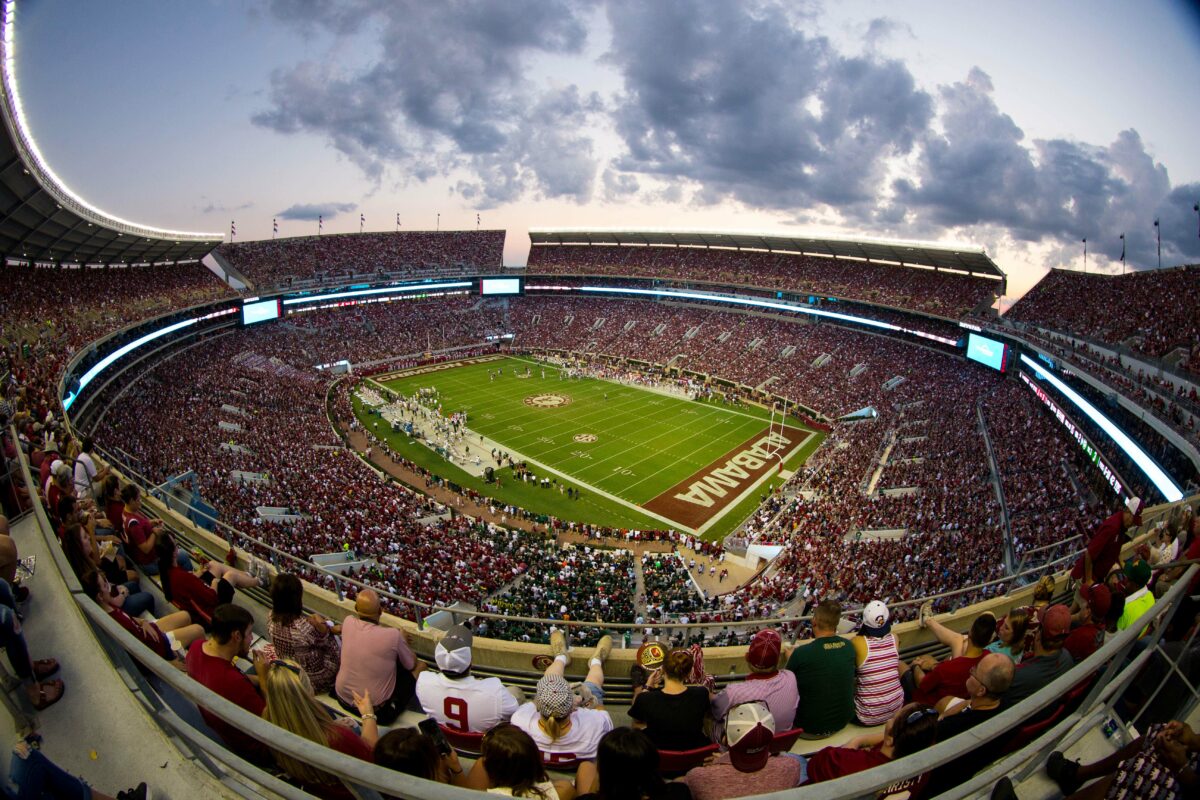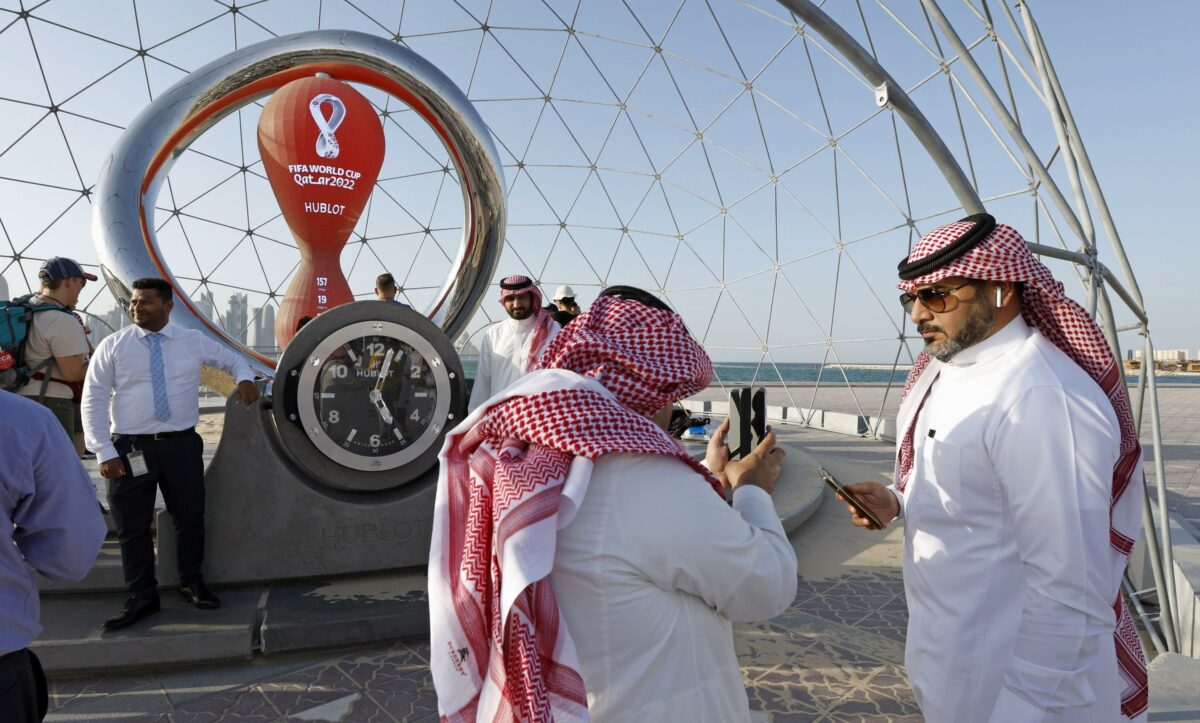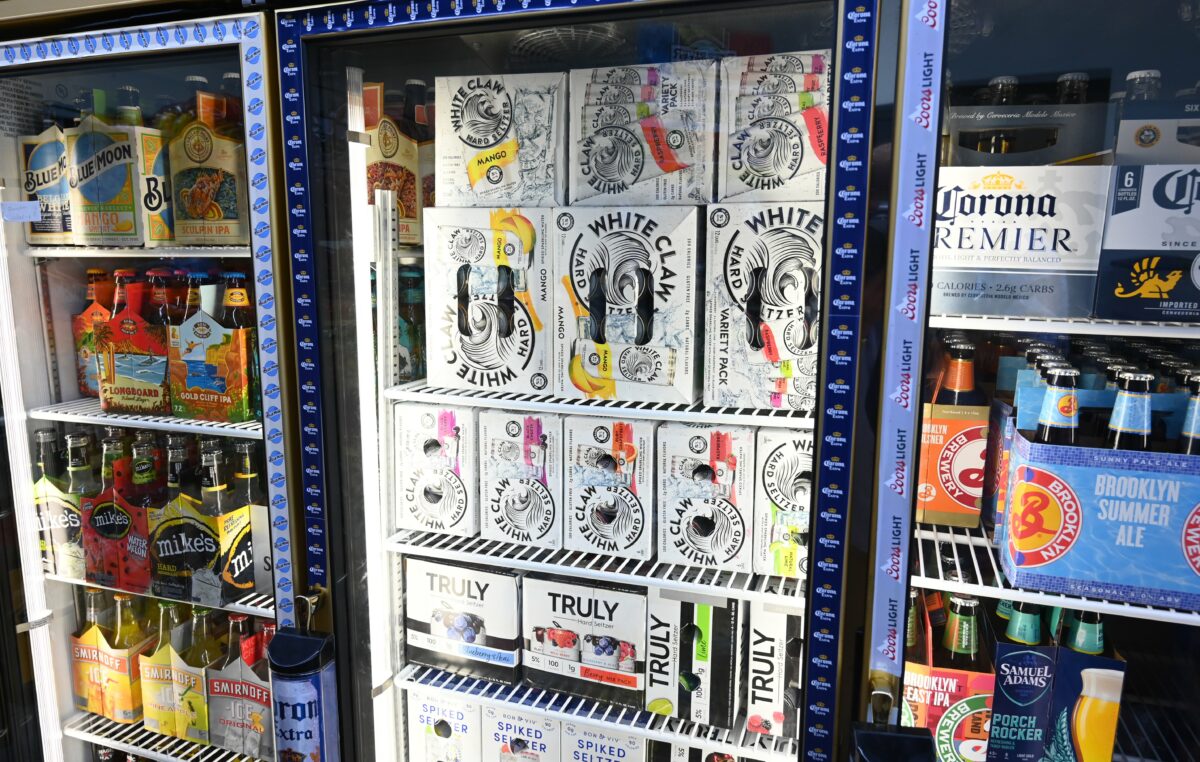Mezcal is a distilled spirit made from any type of agave plant.
The word Mezcal comes from the Nahuatl words “metl” and “ixcalli”, which means “oven-cooked agave.” Agaves are found in many parts of Mexico, as well as south of the equator. However, Oaxaca (a southern state of Mexico) is where most of Mezcal is made, thus granting it the unofficial title of “The World Capital of Mezcal.”
Mezcal plays a big role in the culture of Oaxaca. It’s more than just something to drink; it’s almost a family member and a part of heritage. It has traditionally been used to rub into children’s rashes, welcome home loved ones, or be used as a social glue at gatherings and celebrations.
How Is Mezcal Made?
First things first, Mezcal isn’t simply made. It’s crafted.
It all starts with farming. Baby agaves are planted and nurtured with water and sun for up to eight years. The plants are constantly cleaned and cared for as they grow in fresh Matatlán soil; this gives the Mezcal its hearty and earthy essence later in the process. When they’re ready, the heart of the agave is harvested, and the leaves are removed in order to get only the pineapple (the “piña”), which contains the most sweetness.

Then, it’s on to the roasting. A fire with pine wood logs in the ground is covered in stones, and the agaves are carefully piled on top. This is where Mezcal coined its name from Nahuatl mexcalli, the oven-cooked agave. This process can take up to five days and is what adds the distinct note of cooked agave to the final product.
Milling is the next step where the juices and fiber are either mashed or milled out of the cooled agave plant. Then, it’s on to fermenting. During Mezcal’s fermentation processing, pinewood barrels are used wherein water is added to the juice and agave fiber to begin the process. This is when alcohol starts being created. Fermenting can take up to eight days.
The final step is a double distillation. It begins by mixing the fermented agave juice with the fiber. Then, in the second distillation, the head and heart of the first distillation are taken and distilled another time. This process separates the water from the alcohol and truly captures the alcohol into the final spirit.
What’s the Difference Between Mezcal and Tequila?
Technically, any spirit made from agave is classified as a type of Mezcal, making tequila a type of Mezcal. So, all tequilas are Mezcals, but not all Mezcals are tequilas. Here are the three differences.
1) They’re produced in different regions
In the same way that real champagne comes from France and true scotch is made in Scotland, tequila and agave have different “homes,” if you will.
Mezcal’s true home is in Oaxaca, where almost 90% of all Mezcal is made. Jalisco, a state northwest of Oaxaca, is where tequila comes from. There’s some overlap for regions producing these two liquors, but the true connoisseurs know that the devil is in the details, and in this case, in the regions.
2) They’re made from different types of agave
There are almost 200 types of agave plants. Mezcal can be made from more than 30 of them, which allows for versatility with blending different agaves to create different final products. Tequila can only be made from one: weber blue agave.
3) They’re made differently
Mezcal gets its signature smoky flavor from cooking the agave in underground pits, which are lined with hot rocks that burn for about 24 hours before the agave is added to begin the cooking process. By roasting the agave plants, it gives them a rich, savory, and smoky taste.
True artisanal Mezcals use this traditional method rather than more modern techniques. While it requires more attention to detail and takes longer, this extra love and care are what give Mezcal its special smokiness and multi-dimensional taste.
Tequila is made by steaming the heart (or piña) of the agave plant in above-ground ovens and then distilling the liquid in copper pots. Both liquors are harvested from the agave plant’s core, but it’s in the production process where the two start to differ.
4) They come in all ages
Blanco or Silver tequila is usually bottled right after it’s distilled or aged for less than two months in stainless steel or oak barrels. Joven is Mezcal that’s bottled right after it’s distilled or aged for less than two months. Reposado is tequila or Mezcal that’s been in oak barrels for at least two months but less than a year. Añejo is tequila or Mezcal that’s been aged for about one to three years in oak barrels. And Extra Añejo is tequila or Mezcal that’s been aged for at least three years in oak barrels.
What Does Mezcal Taste Like?
People always describe Mezcal as smoky, but it’s really so much more than that. It’s complex, sweet, and has all kinds of unique undertones that leave you wanting more.
But it doesn’t always need to taste like smoke. Mezcal usually tastes a little charred because of the way it’s produced, but it can have other profiles like floral, fruity, or earthy. It usually comes back to location; the Mezcal taste will vary depending on where the agave was grown and the production process used.
Flavored Mezcal is no such thing. Mezcal isn’t like other spirits, such as vodka, that can be created using different flavors. If you want to play around with the taste of Mezcal, cocktails open doors to a wide variety of mixes and recipes you can try.
Is Mezcal a Stimulant?
Mezcal can give you the euphoric and energized feeling the same way that stimulants do. This is likely because Mezcal is pure, 100% agave, and free of any additives or sweeteners (like the different flavors infused into other alcohols, like vodka). This is what helps Mezcal drinkers feel light and uppity rather than heavy and “drunk.”
The moral of the story is that while Mezcal can’t technically be a stimulant, it often feels like one.
Can You Drink Mezcal Straight?
Mezcal brings a full experience of complex flavors that can and should be enjoyed on its own. When drinking Mezcal on its own, hold off on the ice and sip it at room temperature to fully enjoy its deep and exotic flavors. Traditionally, a glass of Mezcal is also served with a pinch of salt and an orange slice.
Sometimes, salt is mixed with ground fried larvae (a bug), chili peppers, and salt, which makes “sal de gusano” (worm salt). Cheaper Mezcals will sometimes have little worms floating at the bottom of the bottle. While this is intended to be a marketing tool to get people talking about worms in their bottle, it’s actually a real part of the Mezcal culture and tradition.
That being said, Mezcal is no stranger to the cocktail world. Different Mezcals’ undertones can be played up to enhance their fruity, spicy, or nutty taste. It’s commonly served in a Margarita or Old-Fashioned Cocktail. It’s also fun to mix Mezcal with fruit flavors like mango, guava, and even pineapple. A splash of lime or honey never hurt anyone either.
The versatility of Mezcal is part of what makes it so lovable. Neat, on the rocks, or in a cocktail, it’s up to you.
Is Mezcal Healthy?
It may be a bit of a stretch to call any kind of alcohol healthy, but as far as alcohols go, Mezcal is one of the best.
Mezcal is 100% agave and free of additives and sweeteners, which in general is a good thing when compared to other, highly processed drinks.
Tell Us a Little About Rosaluna

Rosaluna is an all-natural, handmade agave spirit distilled in the rolling hills of Santiago, Matatlán—the heartland of Mezcal in Oaxaca, Mexico.
The beautiful thing about Mezcal is its simplicity in ingredients. Rosaluna is made purely with our own agave, water, and obviously, lots of love.
- Gluten-free
- Non-GMO
- Vegan
- Zero Carb
- Plant-based
- Carbon Neutral
Rosaluna was born out of a passion for Mezcal and is rooted in the simple thought that Mezcal is, and should be, for everyone.
Originating in the mystical hills of Oaxaca, Mexico, Rosaluna is handmade by a sister and brother duo whose family has been lovingly creating the spirit for over six generations.
We grow, harvest, cook, ferment, distill, and bottle Rosaluna from start to finish, giving us an uncanny advantage over quality control and consistency.
Rosaluna is full of bright and brilliant agave. By allowing our agaves to mature to almost 8-years, they begin fermenting before harvest – ensuring a refreshing citrus top note with a more subtle hint of smoke; this truly makes us the Mezcal for everyone.
